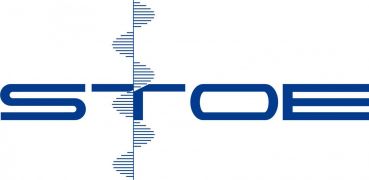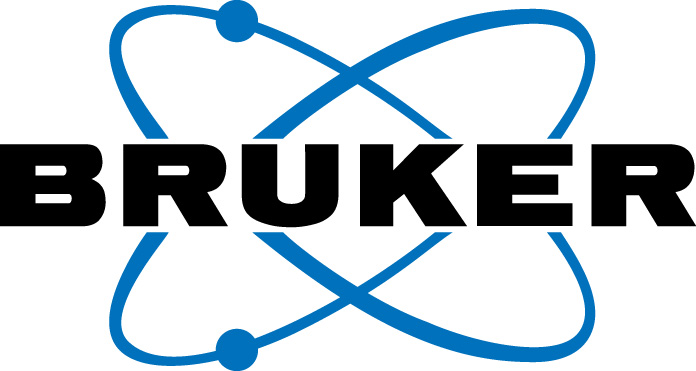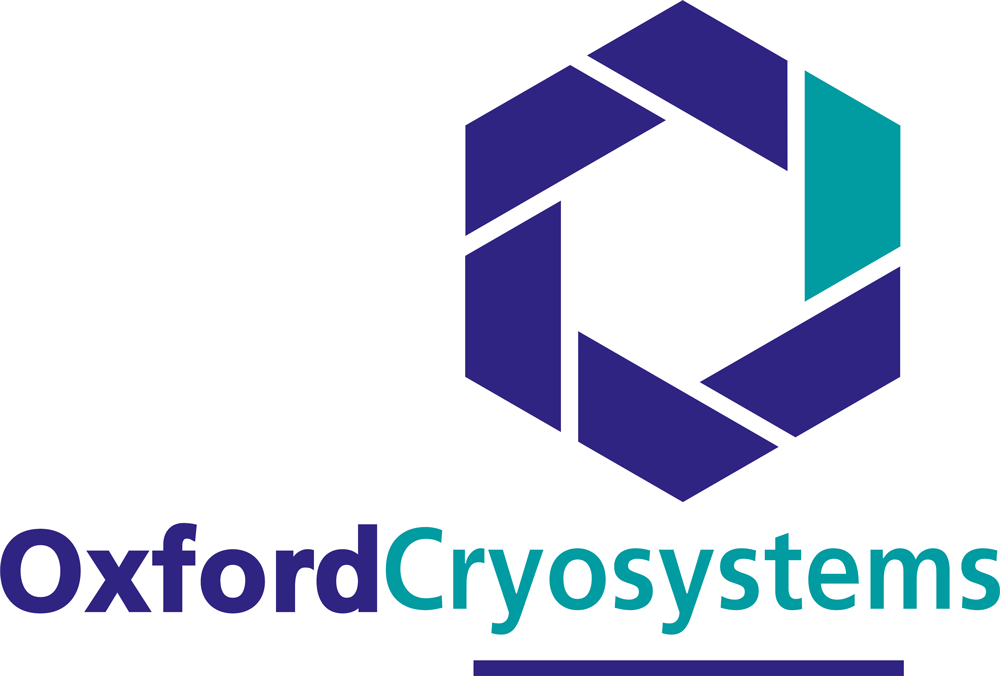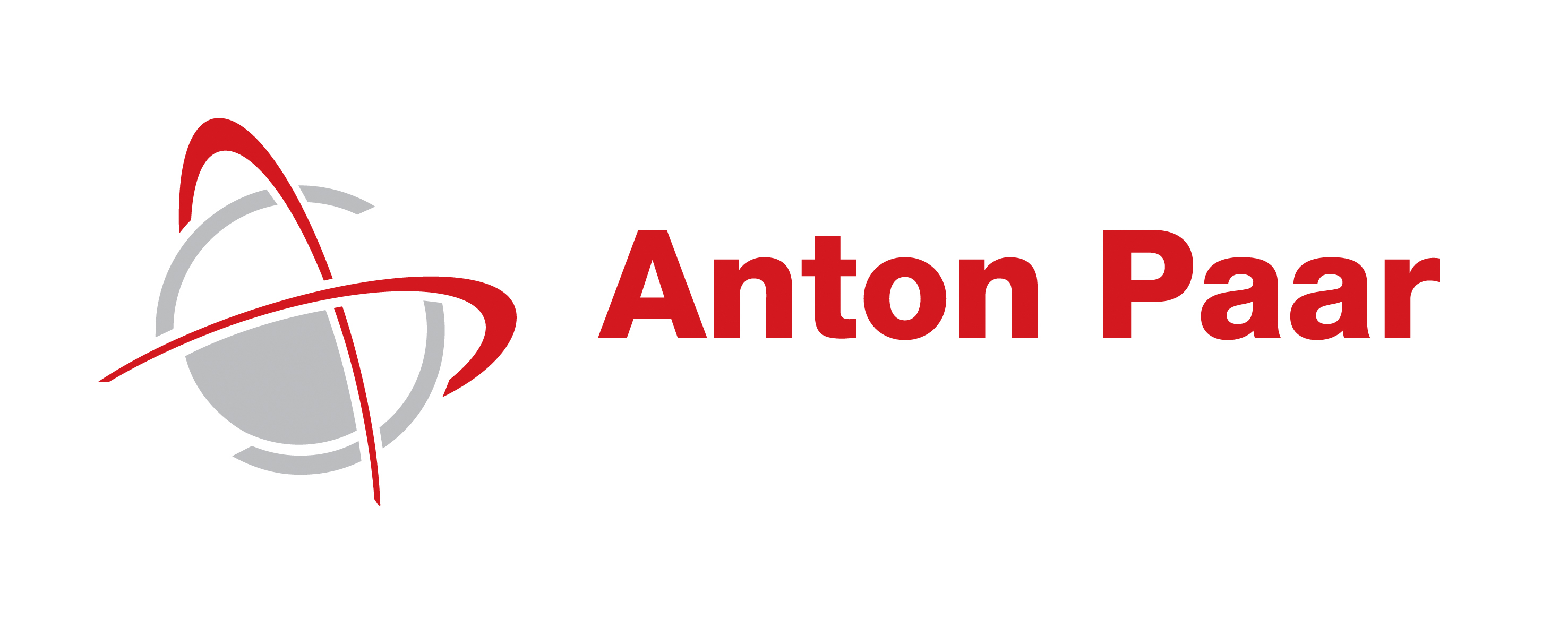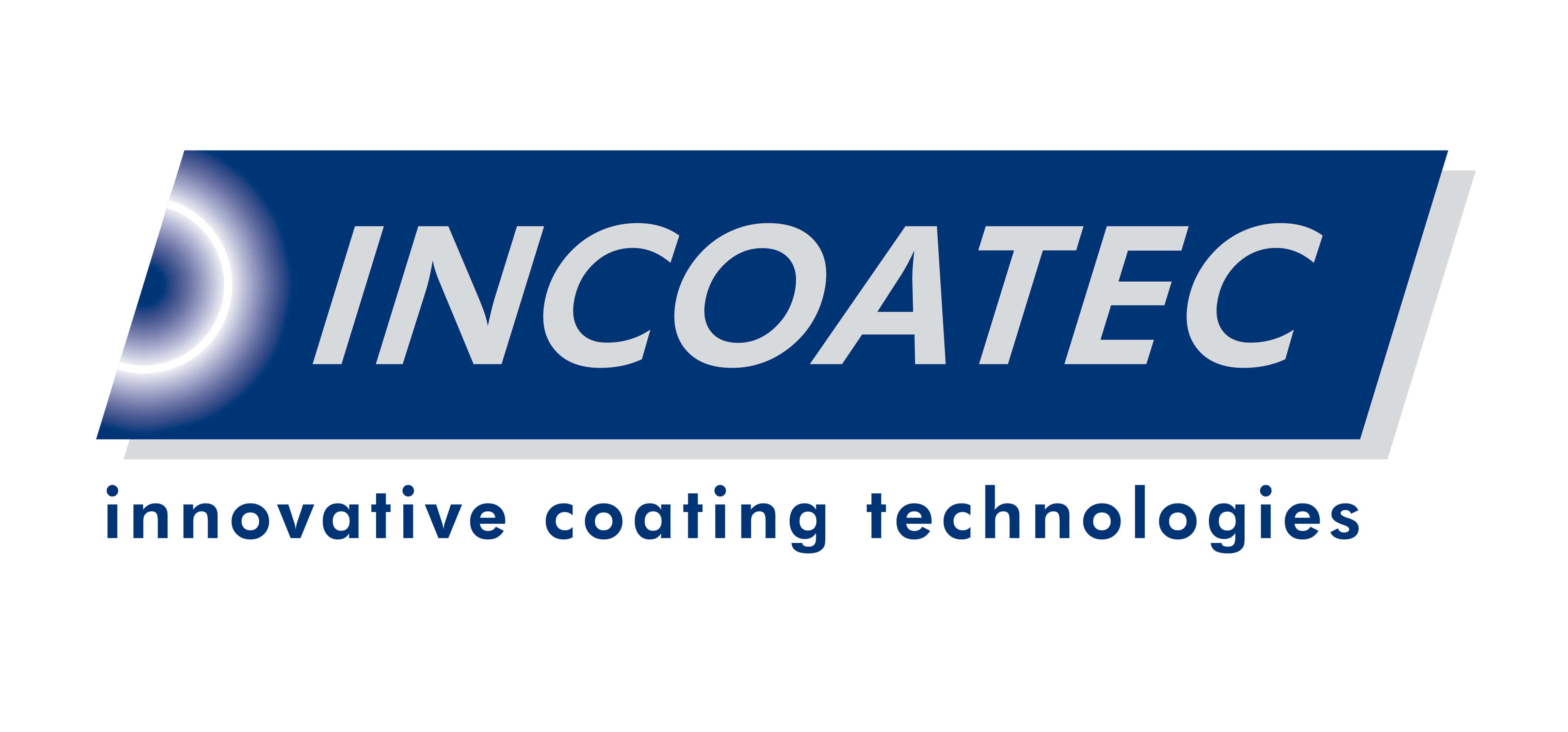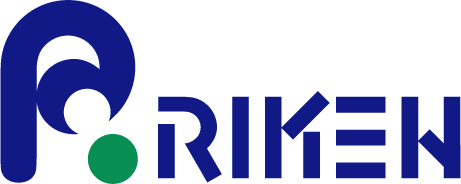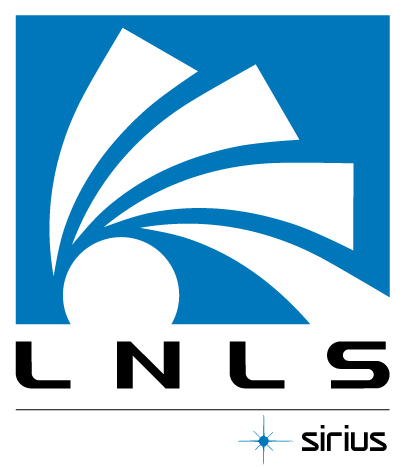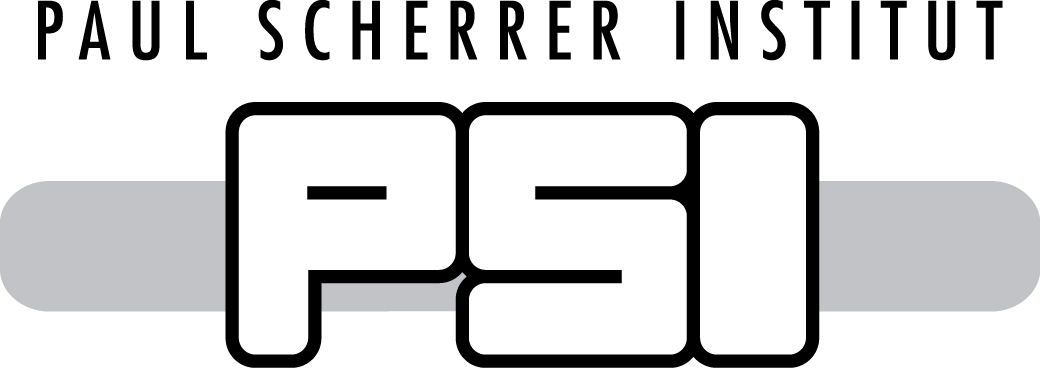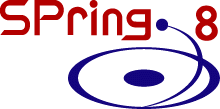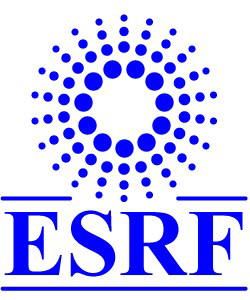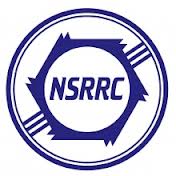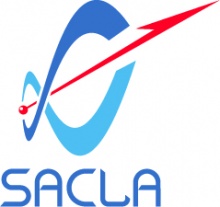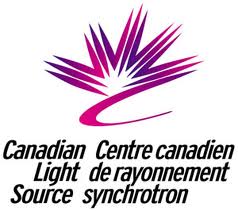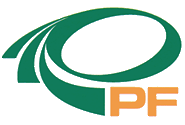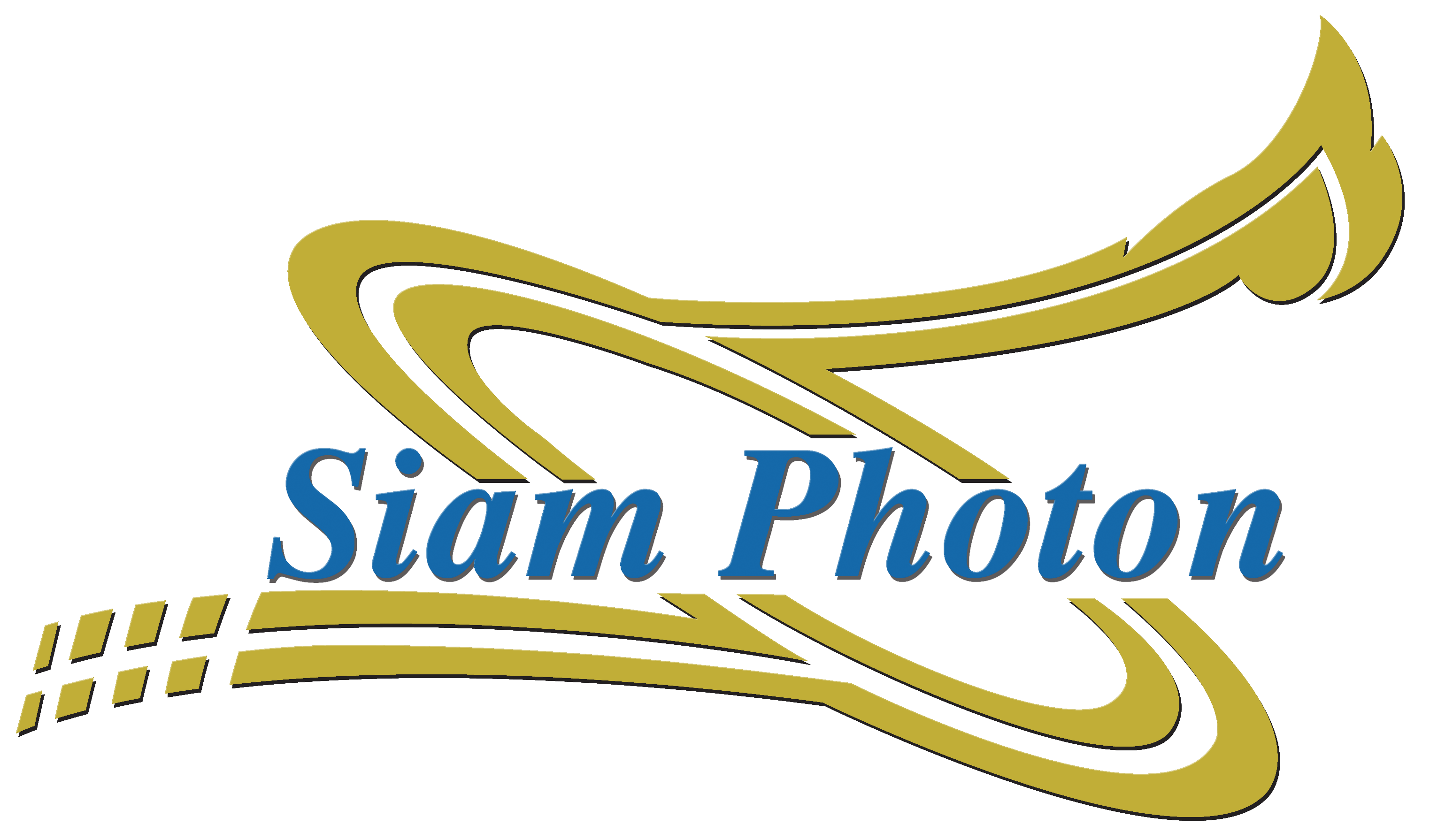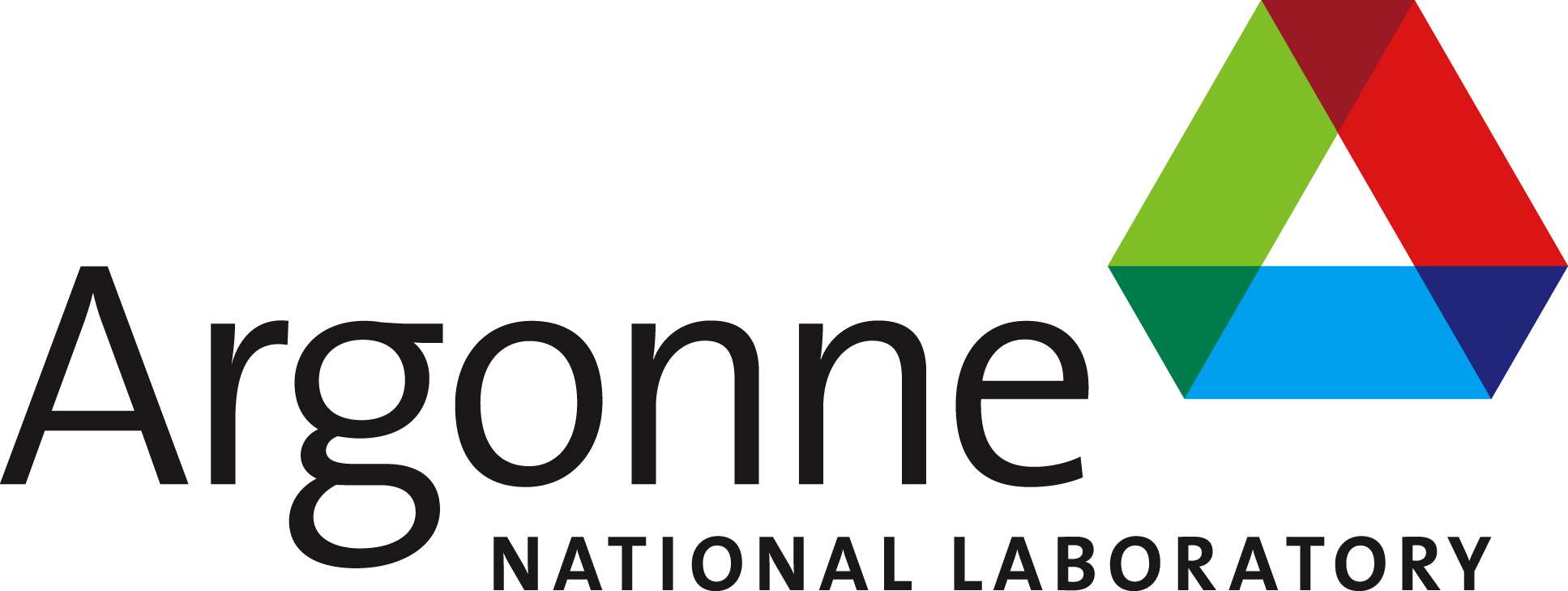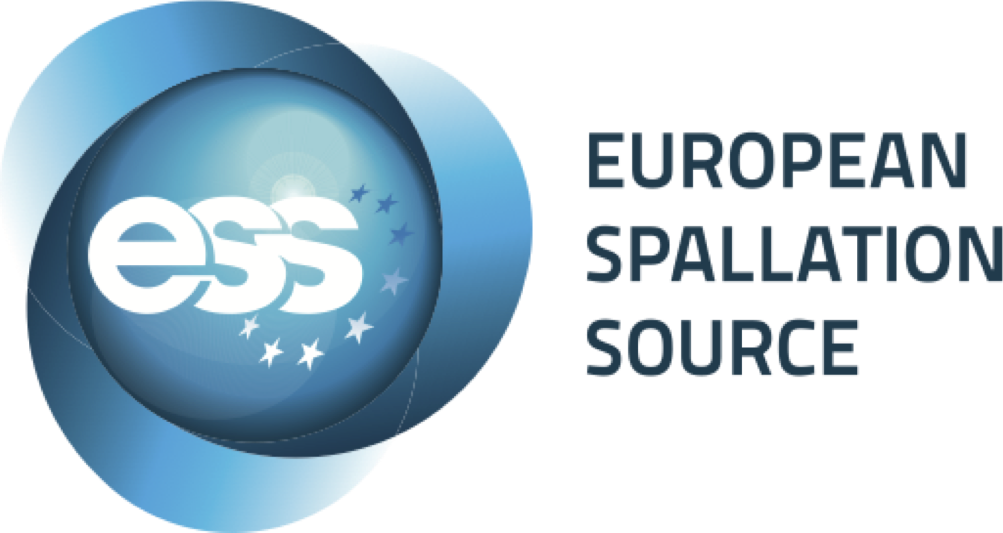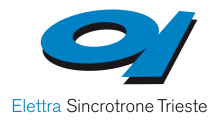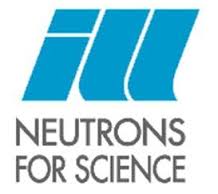IYCr Supporters
 | The Cambridge Crystallographic Data Centre (CCDC) is dedicated to the advancement of chemistry and crystallography for the public benefit through providing high quality information, software and services. Chemists in academic institutions and commercial operations around the world rely on the CCDC to deliver the most comprehensive and rigorous molecular structure information and powerful insights into their research. The CCDC is a non-profit organisation and a registered charity, supported entirely by software subscriptions from its many users. The CCDC compiles and distributes the Cambridge Structural Database (CSD), the world's repository of experimentally determined organic and metal-organic crystal structures. It also develops knowledge bases and applications which enable users quickly and efficiently to derive huge value from this unique resource. |
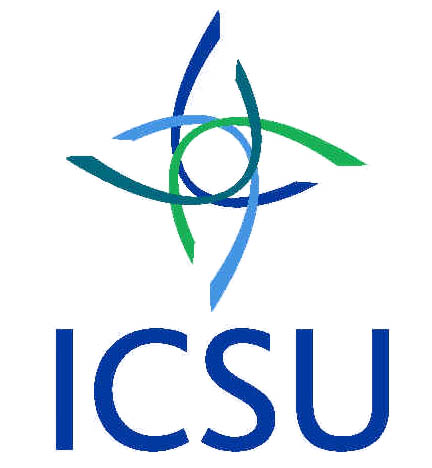 | The International Council for Science (ICSU) is a non-governmental organisation with a global membership of national scientific bodies (120 Members, representing 140 countries) and International Scientific Unions (31 Members). ICSU’s mission is to strengthen international science for the benefit of society. Our long-term strategic vision is for a world where science is used for the benefit of all, excellence in science is valued and scientific knowledge is effectively linked to policy making. Support for IYCr2014 has been also received from its member scientific unions, including IUPAC (Pure and Applied Chemistry), IUPAB (Biophysics), IUPAP (Pure and Applied Physics), IUBMB (Biochemistry and Molecular Biology), IMU (Mathematics), IAU (Astronomy), IUHPS (History and Philosophy of Science), IUPHAR (Basic and Clinical Pharmacology) and IUFRO (Forest Research). |
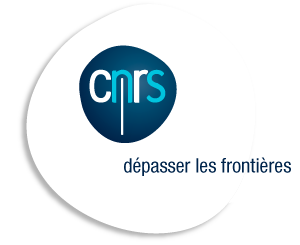 | The Centre National de la Recherche Scientifique (National Center for Scientific Research) is a public organization under the responsibility of the French Ministry of Higher Education and Research. Founded in 1939 by governmental decree, CNRS has the following missions: to evaluate and carry out all research capable of advancing knowledge and bringing social, cultural, and economic benefits for society; to contribute to the application and promotion of research results; to develop scientific information; to support research training; to participate in the analysis of the national and international scientific climate and its potential for evolution in order to develop a national policy. |
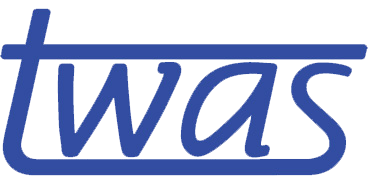 | TWAS, The World Academy of Sciences for the advancement of science in developing countries, is an international science academy, founded in 1983 in Trieste, Italy, by a distinguished group of scientists from the South under the leadership of the late Nobel laureate Abdus Salam of Pakistan. It was officially launched by the secretary-general of the United Nations in 1985. TWAS represents the best of science in developing countries. Its main mission is to promote scientific excellence and capacity in the South for science-based sustainable development. Its strength resides in the quality and diversity of its membership - internationally renowned scientists elected by their peers. |
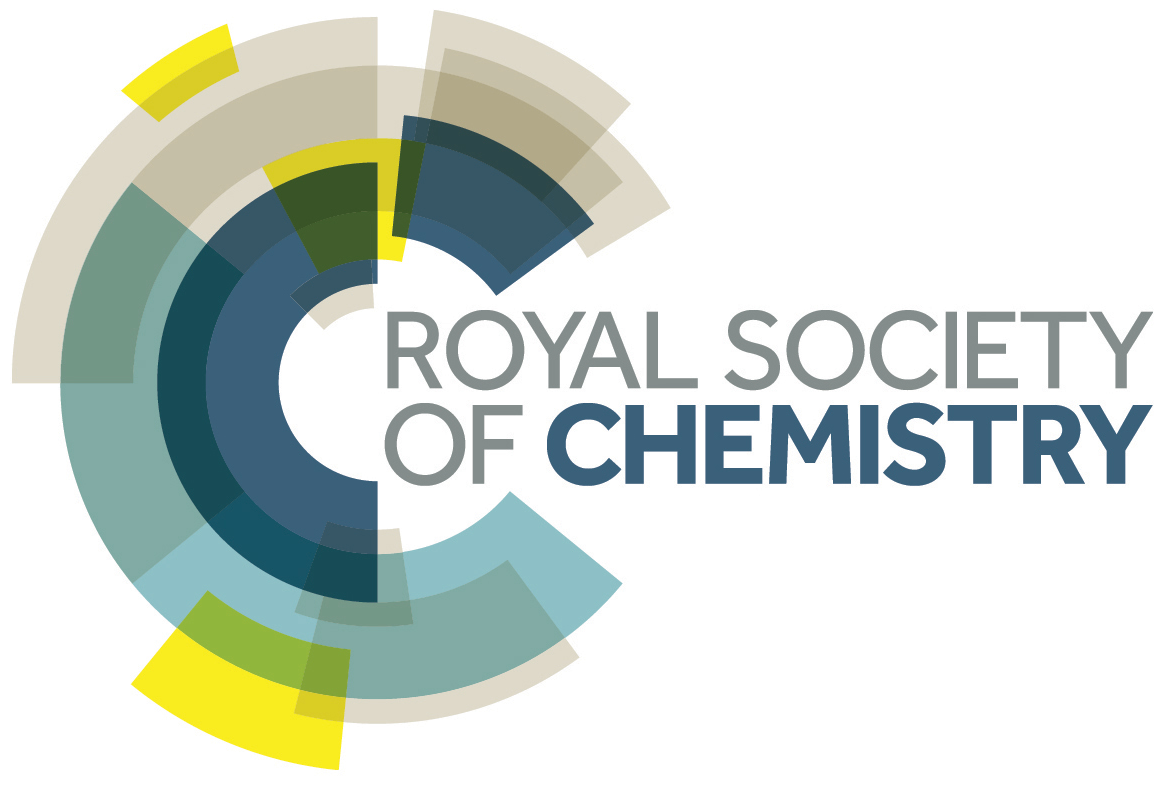 | The Royal Society of Chemistry is the world's leading chemistry community, advancing excellence in the chemical sciences. With 49,000 members and a worldwide knowledge business that spans the globe, we are the UK's professional body for chemical scientists; a not-for-profit organisation with 170 years of history and an international vision for the future. We promote, support and celebrate chemistry. We work to shape the future of the chemical sciences - for the benefit of science and humanity. |
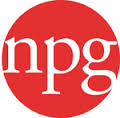 | Nature Publishing Group (NPG) is a publisher of high impact scientific and medical information in print and online. NPG publishes journals, online databases, and services across the life, physical, chemical and applied sciences and clinical medicine. Nature Milestones: Crystallography, publishing in July 2014, will be a collaboration from Nature, Nature Materials, Nature Nanotechnology and Nature Structural & Molecular Biology, and will celebrate the International Year of Crystallography 2014. The Milestones web site will also include an extensive Library of related material from across NPG. Print copies of the supplement will be available at the Congress General Assembly of the International Union of Crystallography in Montreal in August 2014 and on request from the Milestones website later in the year. |
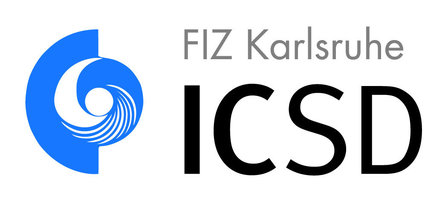 | FIZ Karlsruhe is a leading international provider of scientific information and services. Our mission is to supply scientists and companies with professional research and patent information as well as to develop innovative information services. As a key player in the information infrastructure we pursue our own research program and also cooperate with leading universities and research associations. The Inorganic Crystal Structure Database (ICSD) is the world’s biggest database of fully evaluated and published crystal structure data. Science and industry are offered high-quality records that will provide a basis for studies in materials science, e.g. for identifying unknown substances. ICSD contains more than 165,000 crystal structures of inorganic substances published since 1913. Metals were included in ICSD several years. The metal structures were recorded retroactively in cooperation with FIZ Karlsruhe’s partner, NIST (National Institute for Science and Technology, Washington, DC, USA). FIZ Karlsruhe is a non-profit corporation and the largest non-university institution for information infrastructure in Germany. FIZ Karlsruhe is a member of the Leibniz Association, which comprises almost 90 institutions involved in research activities and/or the development of scientific infrastructure. |
 | The International Union of Crystallography (IUCr) is partner of UNESCO for the implementation and coordination of the activities for IYCr2014. The IUCr is a scientific union whose objectives are to promote international cooperation in crystallography and to contribute to the advancement of crystallography in all its aspects. The IUCr fulfills part of these objectives by publishing high-quality crystallographic research through nine primary scientific journals: Acta Crystallographica Section A: Foundations and Advances; Acta Crystallographica Section B: Structural Science, Crystal Engineering and Materials; Acta Crystallographica Section C: Structural Chemistry; Acta Crystallographica Section D: Biological Crystallography; Acta Crystallographica Section E: Structure Reports Online; Acta Crystallographica Section F: Structural Biology Communications; Journal of Applied Crystallography; Journal of Synchrotron Radiation; and the final journal – launched specially for the International Year of Crystallography – IUCrJ, a gold open-access title. |
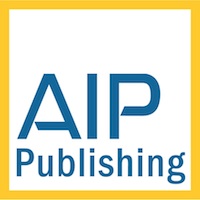 | One of the world’s largest publishers of scientific information in physics and the related sciences, AIP Publishing employs innovative technologies and offers publishing services for the American Institute of Physics and AIP Member Society publishing partners. AIP Publishing’s suite of publications includes 17 journals, three of which are published in partnership with other organizations; magazines, including AIP’s flagship publication Physics Today; and the AIP Conference Proceedings series. Structural Dynamics is a new open access and online-only journal co-published by ACA and AIP Publishing. It will highlight research articles on structural determination and dynamics of systems, enabled by the emerging new instruments (e.g. XFELs, electron sources, etc.) and new experimental and theoretical methodologies. |
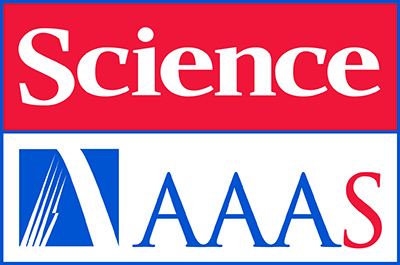 | Since its founding in 1848, the American Association for the Advancement of Science (AAAS) and its members have worked together to advance science and serve society. As part of these efforts, AAAS publishes Science, a multidisciplinary peer-reviewed journal, featuring scientific research articles and reports and providing commentaries on recent news and events from around the world. Pick up a copy of Science's Special Issue reprint on ‘Crystallography at 100’, which celebrates the insights gained from structural studies that have revolutionized our understanding of chemical and biological systems, leading to the award of 29 Nobel Prizes for scientific achievements related to, or involving the use of, crystallography, available from the IYCr/IUCr stand at the IYCr Congress in Montreal. |
 | Insight Publishers is a specialist research dissemination agency and leads dissemination and exploitation activities on many FP7 projects and is involved in several project proposals for H2020. Projects Magazine, published by Insight Publishers, is Europe's leading publication focusing on science, technology and innovation. The fully open source publication provides a platform for research projects to highlight their work and disseminate their results, while this is supported with news, analysis and comment from relevant stakeholders across several thematic sectors. The publication drives innovation and exposes cross-sectorial research taking place in Europe to a wide audience and promotes further collaboration and knowledge transfer. Insight and Projects have teamed up with the International Year of Crystallography 2014 as media partners and will be producing a special celebration issue of the magazine in October. The issue will focus on large synchrotron and neutron radiation facilities, providing news, opinion and analysis of this crucial aspect of research and innovation. |




